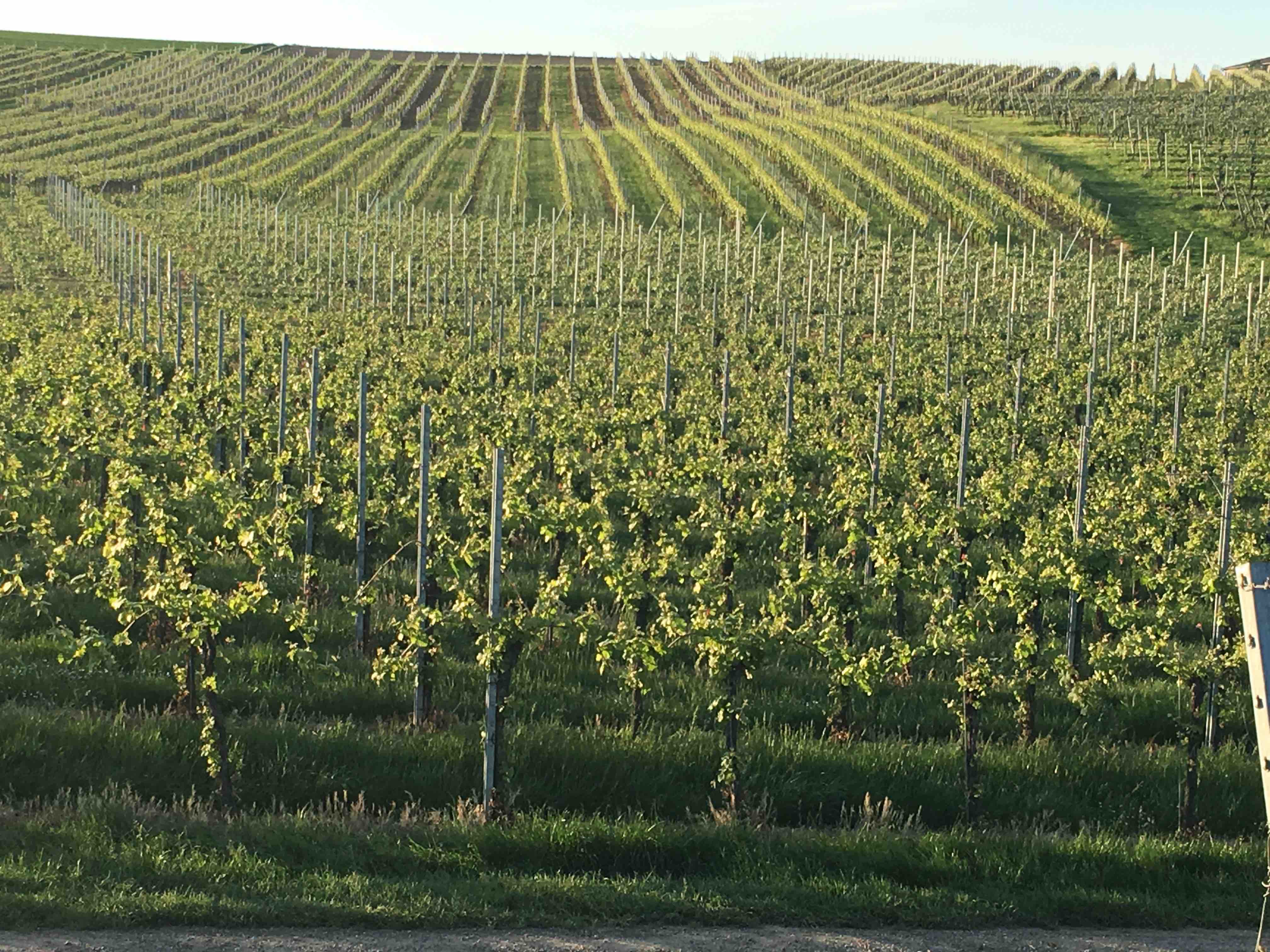Know the ‘other grapes’ of Germany and what food they are best paired with
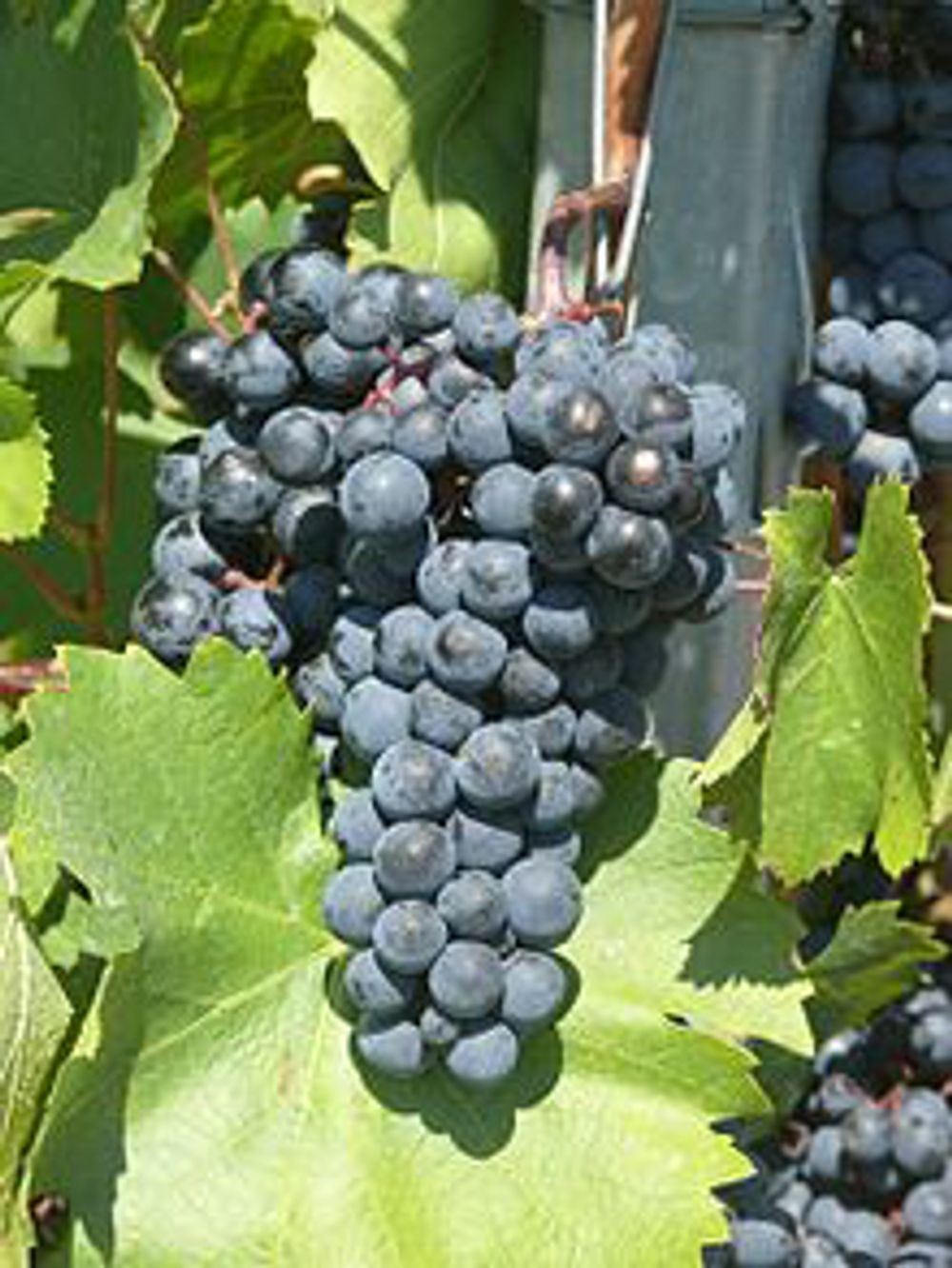
Acolon
This new Württemberg varietal is one of the trendiest in Germany right now. Cross-bred from Lemberger and Dornfelder its deep blue grapes produce powerful red wines with a dark colour and smooth tannins, but also intensely coloured rosé wines that have hints of raspberries and morello cherry and in red wines of dark stone fruits with refined spiciness. Good ageing potential.
Food pairing
Chilled Acolon rosé is an ideal wine for an aperitif or to accompany Mediterranean food. Acolon red wine matches well with strong-tasting meat like beef and game, but also refined hard cheese.

Gewürztraminer
Gewürztraminer is a white grape varietal that makes aromatic and full-bodied wines. The grape can make some of Germany’s top wines such as late harvest Auslese and Beerenauslese. The vines of this very old grape varietal are only planted in the best parcels. Its wines are golden yellow and show an intense fruity bouquet.
Food pairing
Gewürztraminer pairs well with aromatic food like smoked salmon, roast meat, foie gras and full-flavoured cheeses such as Munster or Limburger. Its fine aromas and its elegant, well-structured full body means it can be enjoyed with desserts or simply as a chilled aperitif.

Grauburgunder (Pinot Gris)
Pinot Gris are often fine, expressive white wines, which are strong, rich and creamy. The dense bouquet has hints of green and yellow pears, meadow flowers, herbs and butter. Barrel-ageing Pinot Gris increases complexity and opulence in the wine.
Food pairing
Pinot Gris is easy to enjoy chilled with light summer dishes and salads, Mediterranean cuisine, poultry and fish. More complex and barrel-aged Pinot Gris goes well with roasted goose, pork and fish accompanied with mashed potato or gratins.
Kerner
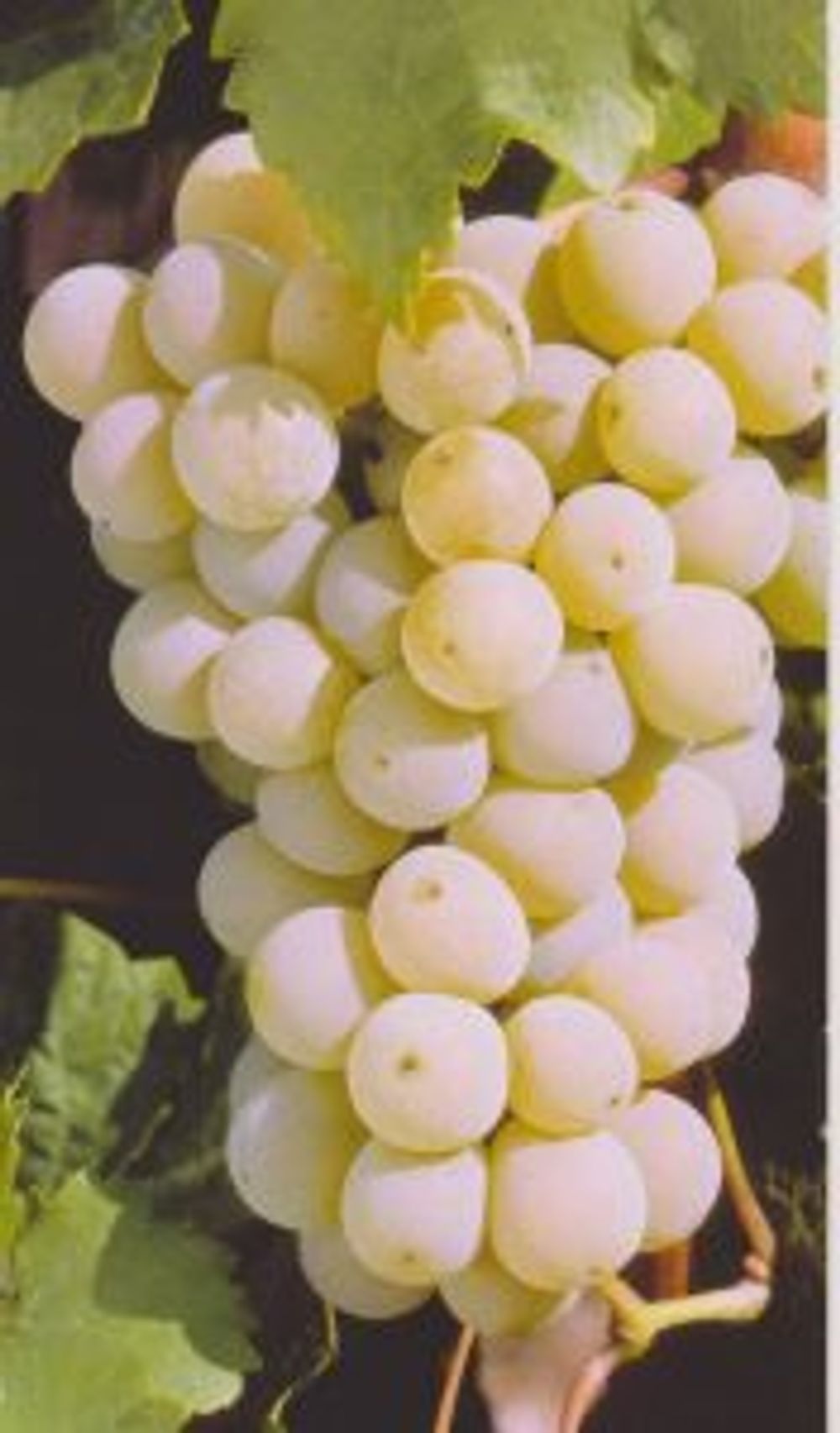
This traditional white wine grape varietal is a crossing between Trollinger and Riesling and reaches a high natural ripeness. Kerner delivers Prädikatswein par excellence: strong and full-bodied with a well-balanced and vivid acidity. Its wines are tasty and with a refined fruitiness – similar to Riesling – with aromas of tropical fruits.
Food pairing
A bit of an all-rounder, it pairs well with all kinds of light meat dishes such as chicken, turkey, fish and offal.

Lemberger
Primarily only grown in Württemberg, Lemberger (in Austria also known as Blaufränkisch) produces wine with deep dark colours, a strong body and herbal character. These are some of the best wines to come from this part of Germany and offer power and poise.
Food pairing
Lemberger wines have herbaceous, dark berry aromas and a dense and complex body which matches well with lamb, hare, deer and all kinds of mushroom dishes.

Müller-Thurgau
A very popular and versatile white wine varietal that is best consumed young. Its wines show a delicate and refined flowery and fruity bouquet with a fruity palate with hints of apples, pears, peaches and nutmeg. Müller-Thurgau wines are smooth and ‘soft’ on account of the grape’s low acidity.
Food pairing
Crispy roasted pork, freshwater fish and poultry. Also soups, desserts and sorbets.
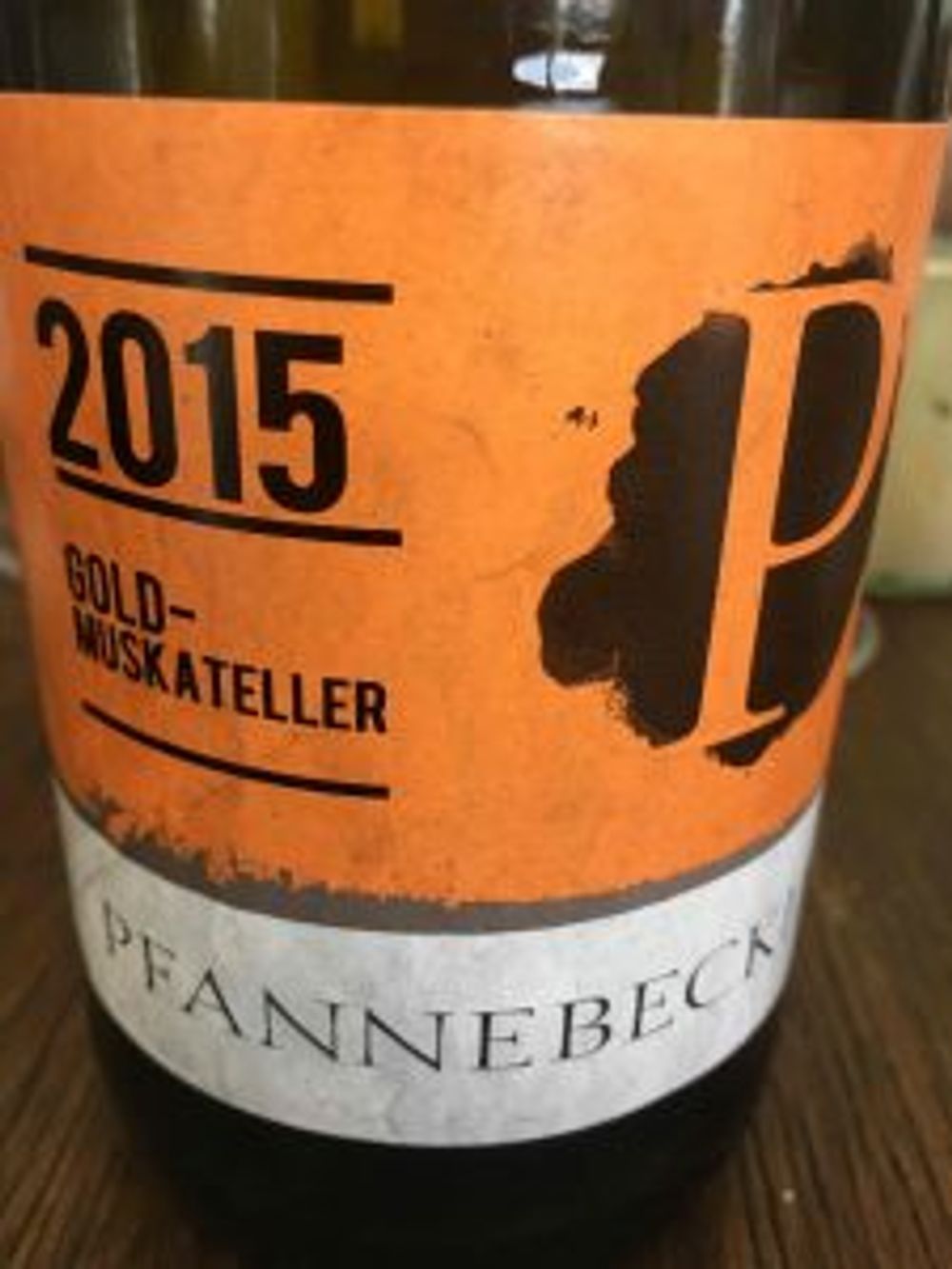
Muskateller
One of the oldest grape varietals with over 200 different types. In Württemberg, it is mainly the yellow Muskateller that is used to make white wines which have an intense, sweet aroma of orange flowers. Many wines show a spicy mucat bouquet.
Food pairing
Its ‘grapey’ flavour pairs well with pumpkin, Asian food, spicy and sweet dishes or serve as a chilled aperitif.
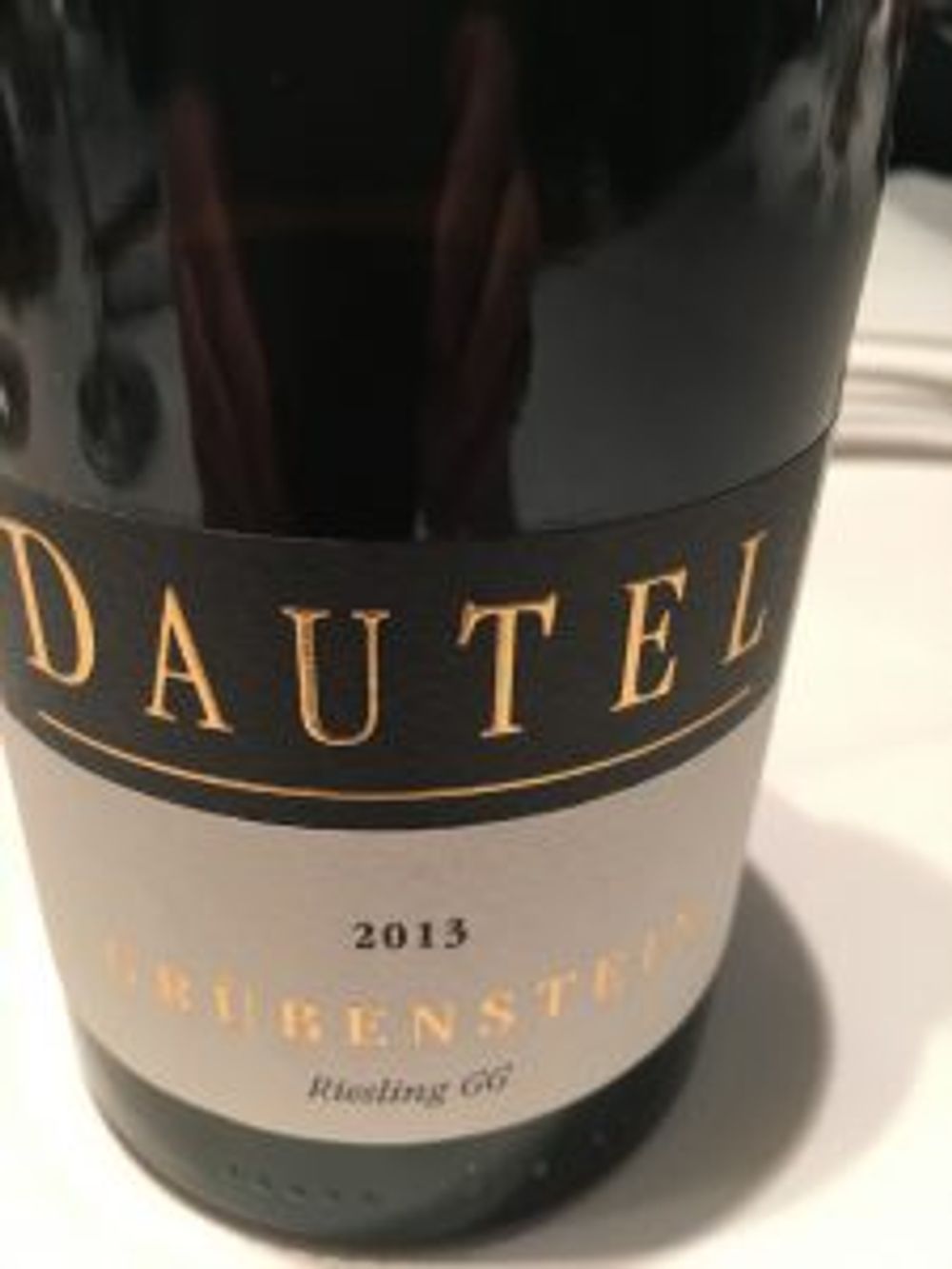
Riesling
Riesling is the Queen of all German white wine varietals. Late ripening and with remarkable acidity it is a hugely versatile grape that delivers elegant and vivid wines. Its bouquet is full of refined aromas of apples and yellow stone fruits like apricot, peaches and greengage plum, the palate and length are often immense and there is huge ageing potential.
Food pairing
A perfect aperitif or paired with fish, seafood, pale meat like chicken and pork, salads and various potato dishes.
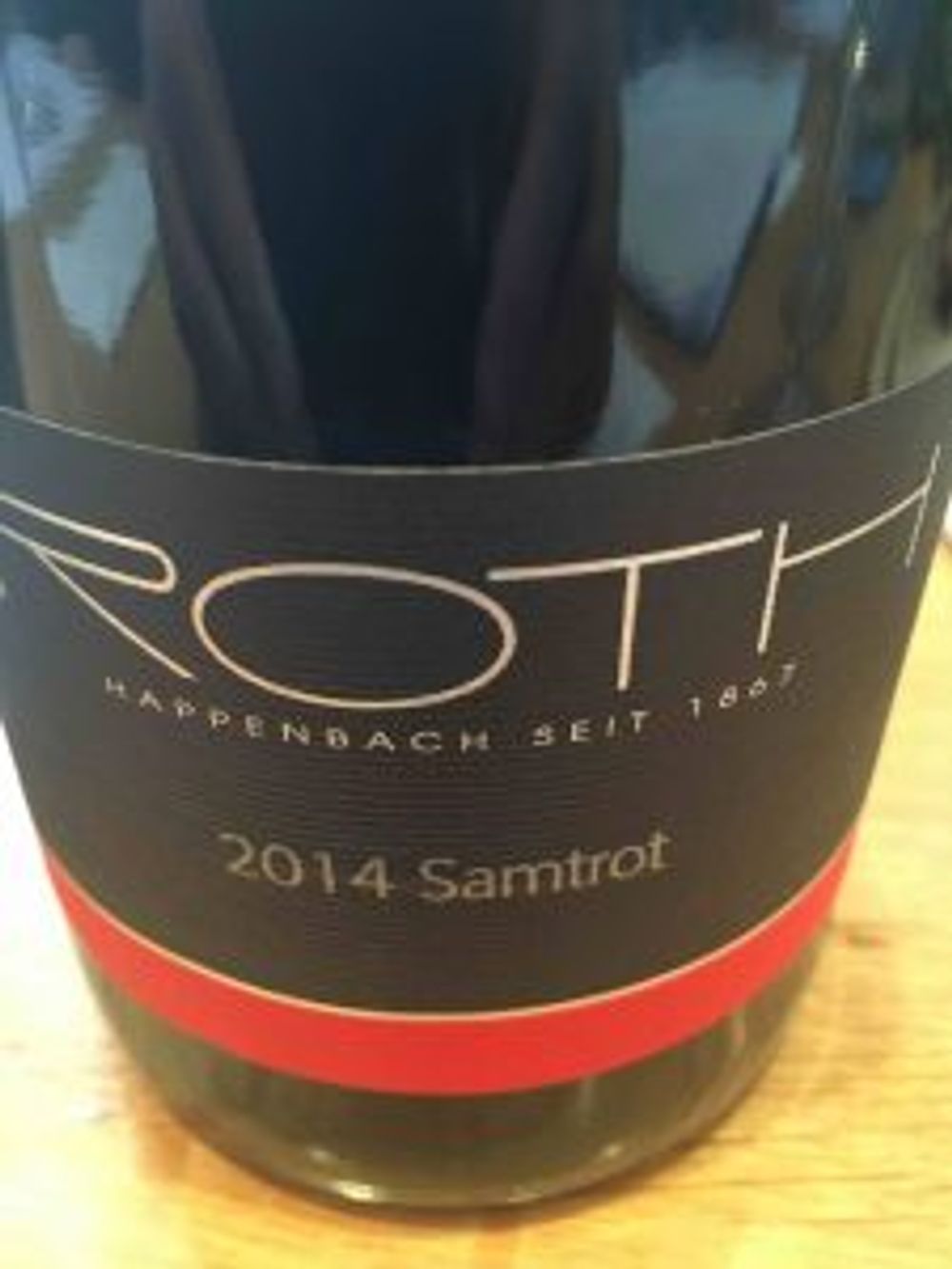
Samtrot
Produces fine red wines with a delicate cherry bouquet and elegant body. Related to Schwarzriesling (Pinot Meunier) . Its name Samtrot (which translates as ‘red velvet’) derives from its bright ruby red colour and velvety structure on the palate.
Food pairing
Roast beef, lamb or turkey. Also pastries, pancakes and low-fat cheese such as sheep and goat.

Schwarzriesling (Pinot Meunier)
Intense ruby red wines with delicate aromas of blackberry, blueberry and dark cherry with a peppery spiciness which culminates in a fruity and silky body.
Food pairing
Lamb, game, duck and pheasant. Schwarzriesling is also the perfect match for oxtail soup, chestnut and potato dishes.
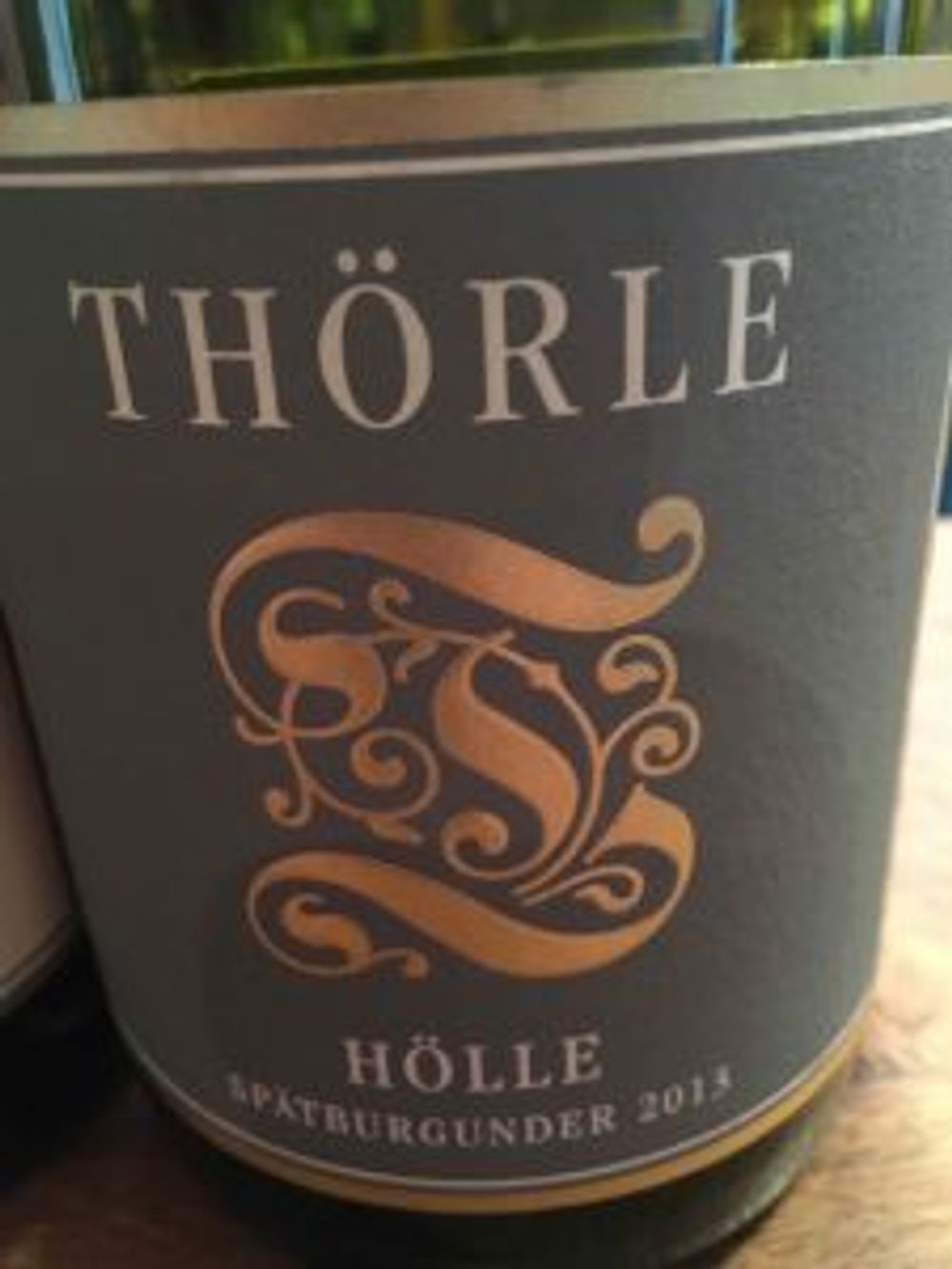
Spätburgunder (Pinot Noir)
The complex aroma of Spätburgunder embraces red and black cherries, blackberries, plum and spices. Fine-grained tannins piquant aromas and mild acidity produces a long and silky palate. Can be enjoyed young or aged.
Food pairing
Hugely versatile works well with beef stews, game with dark sauces, lamb chops with green beans, roast beef and cold cuts.

Trollinger
Found almost exclusively in Württemberg and the most cultivated grape varietal there, Trollinger wines are fresh, fruity with a lusty/ juicy character. The bouquet of this light coloured red wine reminds one of crispy fresh red cherries and cowberries.
Food pairing
Roasted meats such as veal, beef and goose. Suckling pig, fresh green and potato salad. Works well with pasta dishes and can be served slightly chilled in summer.

Weißburgunder (Pinot Blanc)
Substantial white wines with delicate almond aromas and smooth acidity, Pinot Blanc can be enjoyed young, but also have more complexity when fermented and aged in the barrel. The colour is pale yellow and its nose is full of yellow fruits like fresh bananas, apricot and lemon together with some caramel and lime tree blossom.
Food pairing
Serve as an aperitif, or with light cuisine such as gently cooked meat, fish, poultry with light sauces and steamed vegetables. If it has been fermented in barrels, Pinot Blanc wines pair well roasted goose, turkey or salmon with gratin or mashed potatoes.
